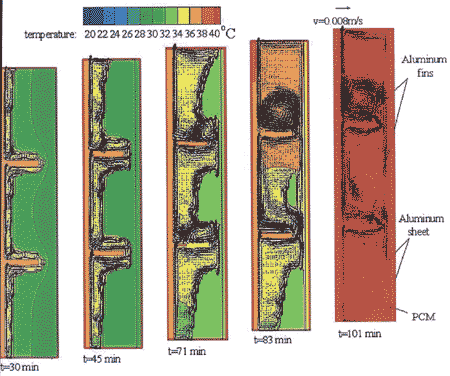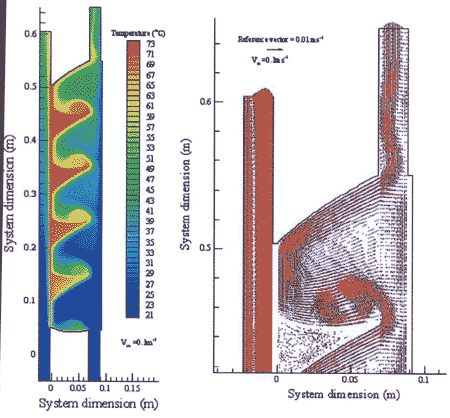| 2003 |

|
YEAR BOOK |
University of Ulster
|
Centre for Sustainable Technologies
|
Current research in the area of advanced glazing includes two Engineering and Physical Sciences Research Council (EPSRC) funded projects - 'Fabrication of Durable Edge Seals for Cost Effective Evacuated Glazing' and 'Vacuum Window Design Optimisation and Thermal Comfort Implications', and an EU-funded project 'Electrochromic Evacuated Advanced Glazing' - ELEVAG.

|
(i) determine the optimal means of cost-effective vacuum glazing production to provide a glazing life/durability of over 20 years
(ii) examine the performance of installed vacuum glazing with particular emphasis on building occupant comfort and the effects of real conditions on system performance (iii) develop and characterise a combined electrochromic evacuated glazing to give a very low heat loss glazing that can be switched from transparent to opaque. |
Research in the area of building integrated photovoltaics is supported through the EPSRC funded projects 'Improved Solar Cell Performance in Building Integration' and 'Demonstration of a Quantum Dot Concentrator', and an EU-funded project IDECONTE. Using non-imaging optics allows low levels of concentration of solar radiation in the range of 2 to 2.5 to be achieved without a system tracking requirement, thus making systems ideally suited for static building fa�ade mounting. Both reflective and refractive dielectric asymmetric concentrator systems have been designed, fabricated and characterised. For monocrystaline silicon a 10�C rise reduces solar to electrical conversion efficiency by approximately 5%.
Three methods to minimise this temperature rise for building integrated concentrator systems have been investigated:
|
(i) the use of phase change materials integrated into the
photovoltaic (PV) panel
(ii) the use of enhanced natural convection to remove heat (iii) the potential of developing spectrally selective films to reflect wavelengths of light not utilised by the PV. |

Phase change materials permit large amounts of energy to be stored at a pre-determined temperature in a more compact space compared to sensible energy storage. In an EU-funded project, PAMELA, phase change materials are being micro-encapsulated by BASF so that when in a suitable carrier fluid they can be pumped in a similar way to water with a much greater heat carrying capacity at a set temperature per unit volume. Detailed theoretical models and large scale experimental systems to determine real performance for heating and cooling in buildings and solar thermal applications are being developed at the University of Ulster.
Contact: Professor Philip Eames School of the Built Environment, University of Ulster,
Newtownabbey, Co Antrim BT37 0QB;
Tel: 02890 368244; Fax: 02890 368239; E-mail: [email protected]